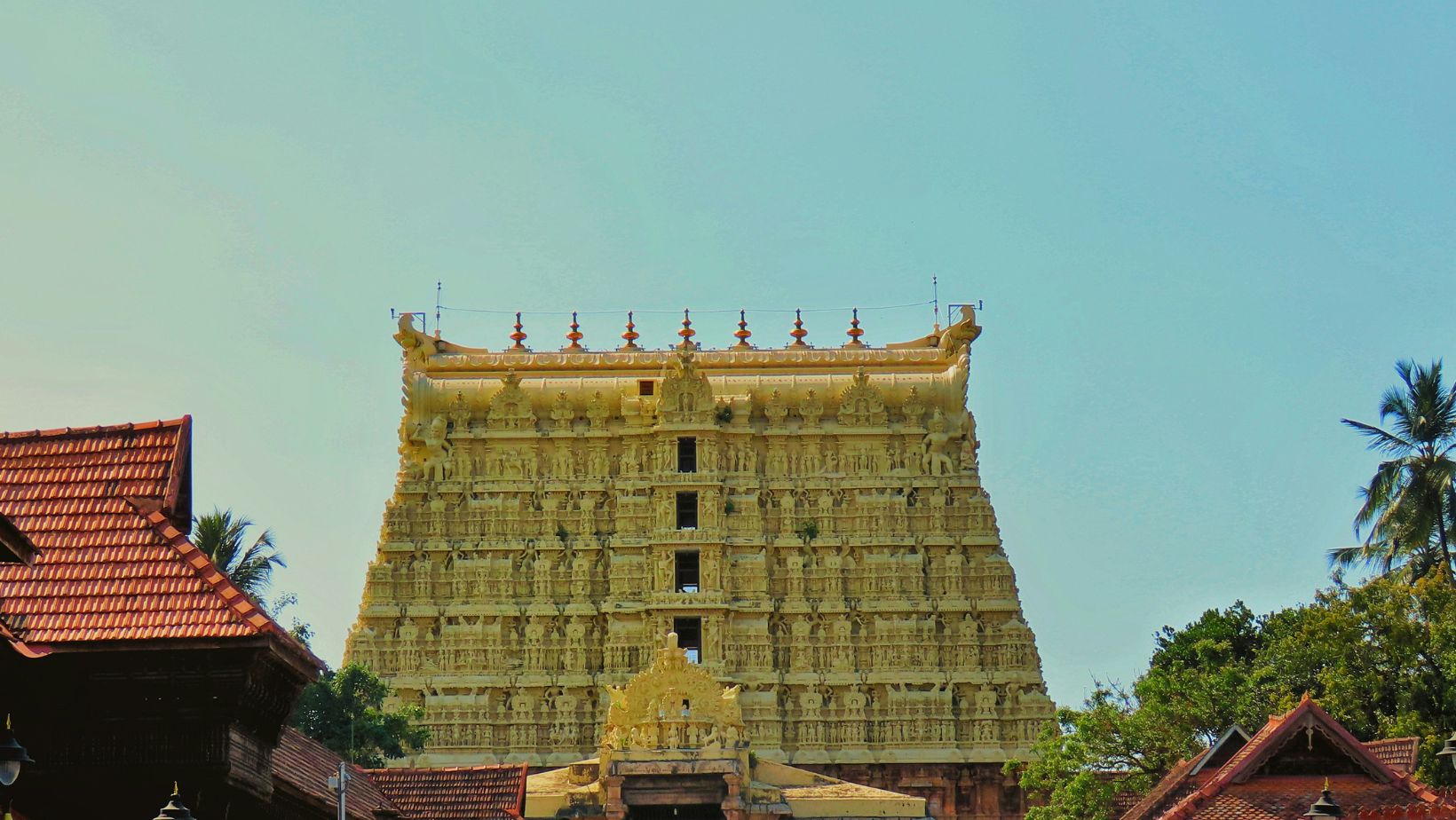Shree Jagannath Temple, located in Puri, Odisha, is one of India’s most revered temples. Dedicated to Lord Jagannath, a form of Lord Vishnu, it attracts millions of devotees each year. Known for its unique traditions, stunning architecture, and rich history, this temple symbolizes spiritual devotion and cultural heritage.
Historical Background
Origins and Construction
The temple was initially built by King Anantavarman Chodaganga in the 12th century. Later, it was expanded under the Gajapati rulers, notably by King Ananga Bhima Deva. Its structure symbolizes divine spiritual symbolism, combining religious significance with impressive architecture.
Evolution Over Centuries
Over centuries, Jagannath Temple has seen various modifications. Invaders and natural calamities affected it, but each restoration enhanced its magnificence. Continuous patronage from devotees and rulers ensured its preservation, making it a resilient historical landmark.
Architectural Splendor
Temple Layout
The temple complex covers around 400,000 square feet, enclosed within high fortified walls. The primary temple structure is built in Kalinga architecture style, distinctively characterized by its detailed carvings and pyramid-shaped towers (shikharas).
Main Temple and Shrine
At the heart lies the sanctum sanctorum housing deities Jagannath, Balabhadra, and Subhadra. The idols, carved from sacred Neem wood (Daru Brahma), embody divine presence and attract profound devotion from pilgrims.
Meghanada Pacheri
A massive wall, known as Meghanada Pacheri, surrounds the main temple. Its intricate designs and carvings narrate scenes from Hindu mythology, enhancing the spiritual ambiance.
Notable Architectural Features
Aruna Stambha
Initially located at Konark Sun Temple, the Aruna Stambha stands impressively at Jagannath Temple’s entrance. Carved from a single stone, it symbolizes the temple’s historical and religious importance.
Lion’s Gate (Singhadwara)
Singhadwara, the temple’s primary entrance, faces east. Two colossal stone lions guard it, symbolizing strength and protection. The gate represents a spiritual entryway, leading pilgrims towards divinity.
Kitchen Complex
Jagannath Temple houses one of India’s largest temple kitchens, feeding thousands of devotees daily. Known as Anand Bazaar, it highlights the temple’s hospitality and community spirit.
Religious Significance
Lord Jagannath and the Trinity
Lord Jagannath, worshipped alongside siblings Balabhadra and Subhadra, signifies universal divinity. Their wooden idols symbolize spiritual unity, embodying a profound message of equality and brotherhood.
Rituals and Daily Worship
Jagannath Temple follows elaborate rituals daily. Priests perform detailed worship ceremonies (pujas) at specific intervals. Regular offerings and chanting maintain a vibrant spiritual atmosphere, deeply touching devotees’ hearts.
Special Ceremonies and Festivals
Annual events like Rath Yatra, Snana Yatra, and Chandan Yatra see enthusiastic participation. These rituals celebrate divine blessings and reinforce spiritual devotion among millions of pilgrims.
Rath Yatra: The Grand Festival
Overview of Rath Yatra
Rath Yatra, or Chariot Festival, is the temple’s most famous celebration. Held annually, this grand festival draws massive crowds. Devotees eagerly participate, seeking divine blessings from Lord Jagannath.
Significance and Rituals
Three majestic wooden chariots, intricately decorated, transport deities from the main temple to Gundicha Temple. This symbolizes the deities’ annual journey, blessing devotees along the procession route.
Chariot Construction
Local artisans carefully craft the chariots annually from specific wood types. Each chariot reflects unique symbolic meanings and craftsmanship, signifying cultural and spiritual heritage.
Pilgrims’ Participation
Pilgrims actively pull the chariots, considering it an honor and spiritual duty. The collective effort symbolizes community unity, devotion, and shared spiritual experience.
Cultural and Social Impact
Temple as a Cultural Hub
Jagannath Temple influences Odisha’s cultural landscape significantly. It serves as a center for Odissi dance, traditional music, and art, preserving Odisha’s vibrant heritage.
Economic Significance
The temple supports Puri’s economy substantially. Pilgrims generate income for local businesses, creating livelihoods and economic stability within the community.
Social and Community Initiatives
Jagannath Temple undertakes numerous charitable initiatives. The daily distribution of Mahaprasad feeds thousands, exemplifying community service and social responsibility.
Legends and Mysteries
Mysterious Rituals and Beliefs
Several intriguing legends surround Jagannath Temple. Mysterious rituals, such as the Nabakalebara, involving renewal of deities’ wooden forms, add profound mystical dimensions to the temple’s aura.
Unexplained Phenomena
Fascinating phenomena like the temple’s flag fluttering opposite to the wind direction intrigue visitors. These unexplained occurrences heighten curiosity and reinforce faith in divine miracles.
Visitor Guidelines and Tips
Entry and Timings
The temple is open daily from 5 AM to midnight. However, entry is restricted exclusively to Hindus. Pilgrims should respect customs and dress modestly during visits.
Best Time to Visit
Visiting during Rath Yatra offers a vibrant cultural experience. Alternatively, October to February provides pleasant weather, ideal for comfortable exploration.
Essential Tips for Pilgrims
Pilgrims should remain respectful of rituals and temple rules. Mobile phones and photography are strictly prohibited inside temple premises to maintain sanctity.
Conservation and Future Outlook
Preservation Efforts
The Archaeological Survey of India actively oversees temple conservation. Regular restorations and protective measures ensure the temple remains a vibrant spiritual site for future generations.
Future Developments
Plans for enhanced visitor facilities, improved infrastructure, and sustainable tourism practices are underway. These initiatives aim to preserve the temple’s spiritual essence while improving visitor experiences.
Shree Jagannath Temple stands not only as a spiritual landmark but also as a testament to India’s rich cultural and historical heritage. Its traditions, rituals, and community impact continue inspiring millions, reinforcing faith and devotion across generations. Visiting Jagannath Temple offers a deep spiritual connection, enriching the heart and soul profoundly.











**mind vault**
mind vault is a premium cognitive support formula created for adults 45+. It’s thoughtfully designed to help maintain clear thinking
**breathe**
breathe is a plant-powered tincture crafted to promote lung performance and enhance your breathing quality.